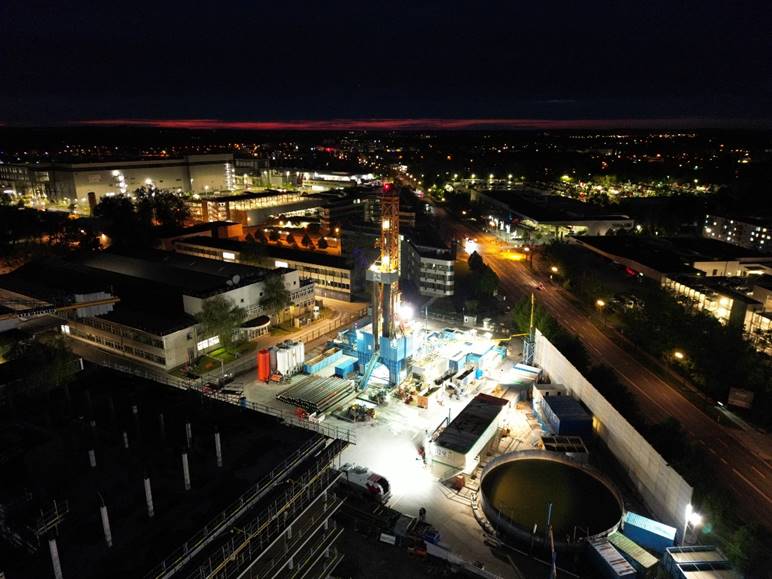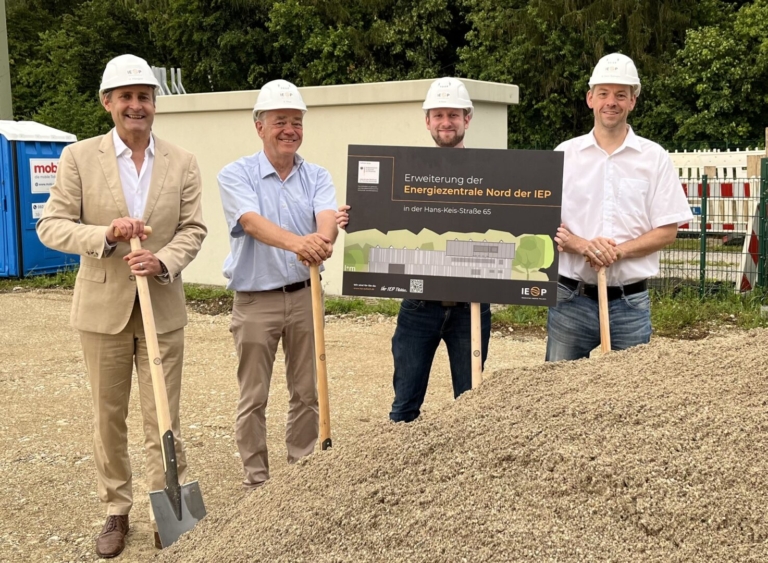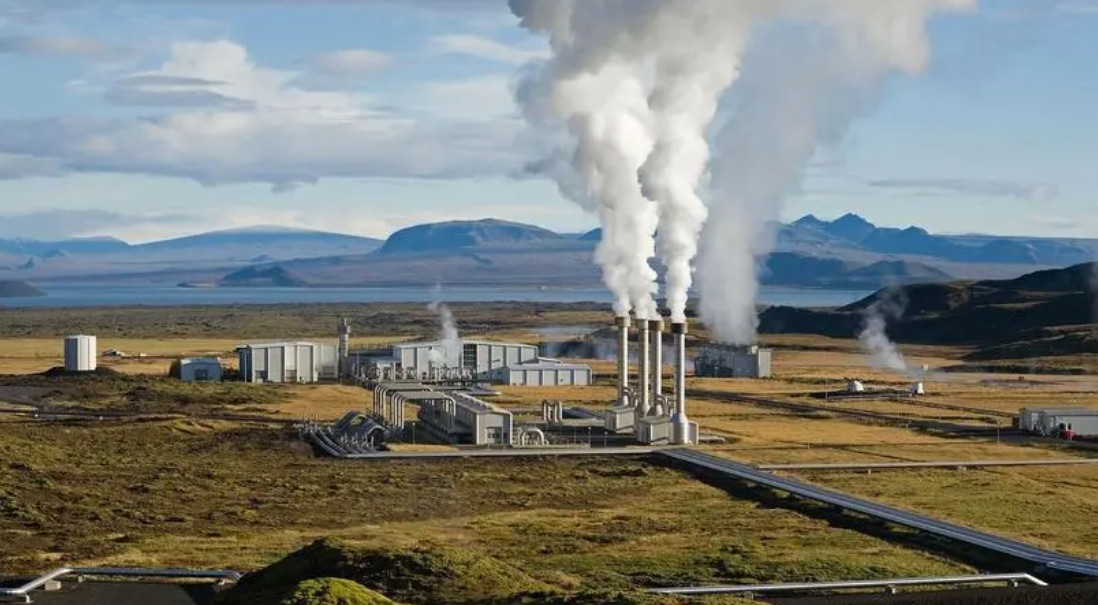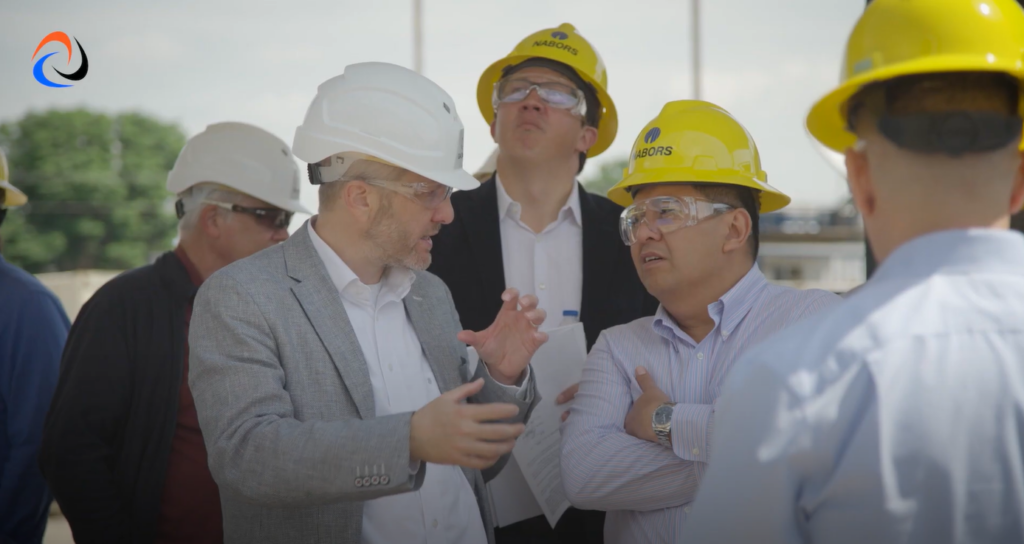A new mode of improved plasma confinement has been demonstrated at the Experimental Advanced Superconducting Tokamak (EAST), the Hefei Institutes of Physical Science, Chinese Academy of Sciences announced. It said the new high-confinement and self-organising Super I-mode "represents the reliability and advancement of the machine itself but also offers insights into how to better maintain the plasma operating stably and for long duration".
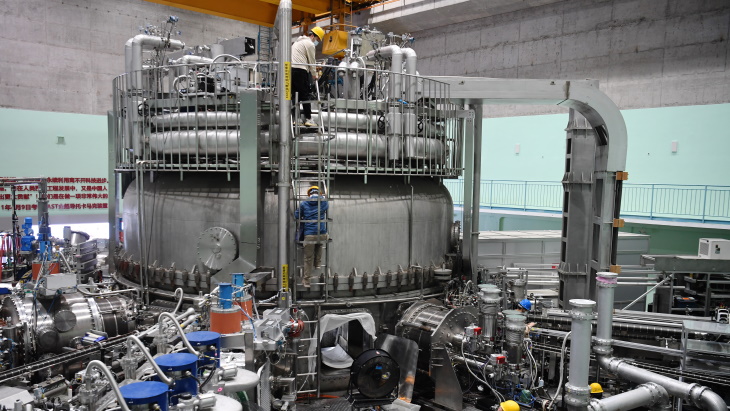
The EAST tokamak (Image: Hefei Institutes of Physical Science)
"The exciting discovery was made during campaign of EAST last year in which a stationary plasma with a world-record pulse length of 1056 seconds was realised," the Hefei Institutes of Physical Science said. "Scientists were surprised to find, compared with the I-mode initially observed on another fusion device, this new mode had even dramatically improved energy confinement so it was called Super I-mode."
H-mode energy confinement is obtained without core impurity accumulation, resulting in reduced impurity radiation with a high-Z metal wall and ICRF (ion cyclotron range of frequencies) heating. I-mode has a stationary temperature pedestal with edge localised modes typically absent, while plasma density is controlled using divertor cryopumping.
EAST has now demonstrated energy confinement much higher than I-mode and comparable with H-mode. In addition, during high plasma performance in a long term, the heat load on components exposed to high temperature plasma was moderate due to the absence of large edge-localised-modes.
Reporting their findings in a paper in Science Advances, the researchers said that in addition to improved energy confinement, the Super I-mode also has advantages over other scenarios, such as no metallic impurity central accumulation at the core, the particle flux on the divertor remained extremely stable, and sustained quiet stationary plasma-wall interactions.
"We have maintained the electron internal transport barrier at the plasma center, which worked together with I-mode at the edge, then energy was greatly confined," said Zhang Bin.
"Obtaining a high-performance, steady-state, and long-pulse plasma regime remains a critical issue [in the development of fusion energy]," the paper says. "A steady-state plasma with a world-record pulse length of 1056 seconds was obtained, where the density and the divertor peak heat flux were well controlled, with no core impurity accumulation, and a new high-confinement and self-organising regime (Super I-mode) was discovered and demonstrated.
"These achievements contribute to the integration of fusion plasma technology and physics, which is essential to operate next-step devices."
The paper noted that to ensure the feasibility of fusion reactors, the plasma performance must be sustained for long durations, which is often limited by the capacity of the machine and its subsystems and the plasma scenario development depending on the physics.
Since its first discharge in 2006, EAST has two rounds of campaign each year. Thousands of experiments have been conducted independently by its in-house team or collectively with the international fusion community. Each year, EAST opens a scientific proposal application to the world. International participation is seen in the experiment conducting and data sharing.

